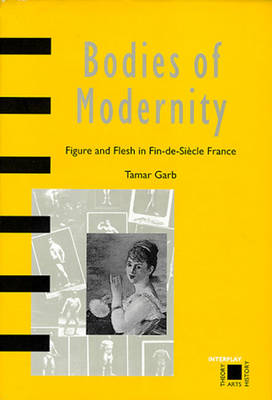In late 19th-century France, women and men were seen as polar opposites: women were creatures of nature and emotion, while men were the embodiment of reason, culture and science. Employing historical, social and contextual material, this book documents how these notions influenced the representation of men and women in the work of the most important Impressionist artists of the period: Gustave Caillebotte, James Tissot, Georges Seurat, Pierre Auguste Renoir and Paul Cezanne. By taking figure painting as her focus, Tamar Garb bypasses traditional art historical accounts in this study of one of the best-loved periods in Western art history. Beginning with a discussion of Caillebotte's male figures, the book then turns to photographs produced to promote the male body-building movement. Tissot's "Women of Paris" series is a catalogue of contemporary images of modern femininity - decorative, seductive, yet tinged with menace.
A detailed examination of Seurat's "Young Woman Powdering Herself" discusses this work in relation to contemporary views of the "woman at the toilette", while Renoir's rejection of modernity in favour of a nostalgic fantasy of earthy femininity is exposed as an important strain in modernist painting. Finally, the androgynous figures in Cezanne's late bather paintings are shown to be the least secure in their sexual identity. Yet even these works reveal the period's anxious and rigid definition of sexual difference.
- ISBN10 0500280495
- ISBN13 9780500280492
- Publish Date 6 July 1998
- Publish Status Out of Print
- Out of Print 19 November 2013
- Publish Country GB
- Imprint Thames & Hudson Ltd
- Format Paperback
- Pages 240
- Language English
